Learning About Mary Anning: A Famous Female Scientist
Looking to introduce your kids to an amazing woman scientist? Explore the research of female paleontologist Mary Anning and her pioneering work in the field of paleontology. Read on for student book recommendations and hands-on activity ideas, and download free science coloring pages focused on Mary’s amazing discoveries of extinct marine reptile species!
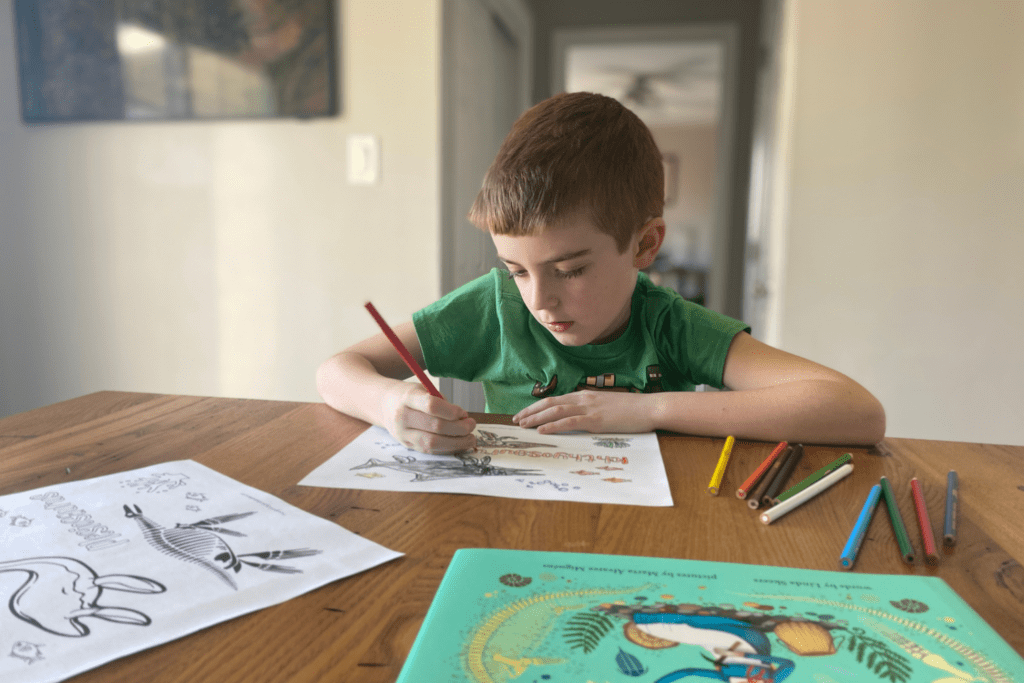
This post contains affiliate links.
Do you know a child that loves dinosaurs? I would bet that anyone reading this could answer “yes” to that question. My son and daughter both enjoy learning about dinosaurs and extinct marine reptiles for different reasons. I clearly remember the first time we took her to our local natural history museum and she had the opportunity to “excavate dinosaur fossils” using realistic (albeit imitation) paleontologist tools. We couldn’t get her to leave the hands-on exhibit! My son loves to build and gets seriously stoked when he receives dinosaur toys that require him to assemble the prehistoric creatures himself (with the help of mom or dad by request only, LOL.)
I was thrilled when I came upon stories of paleontologist Mary Anning, as her adventurous and inquisitive nature about fossils of extinct creatures matched my children’s interest in the subject.
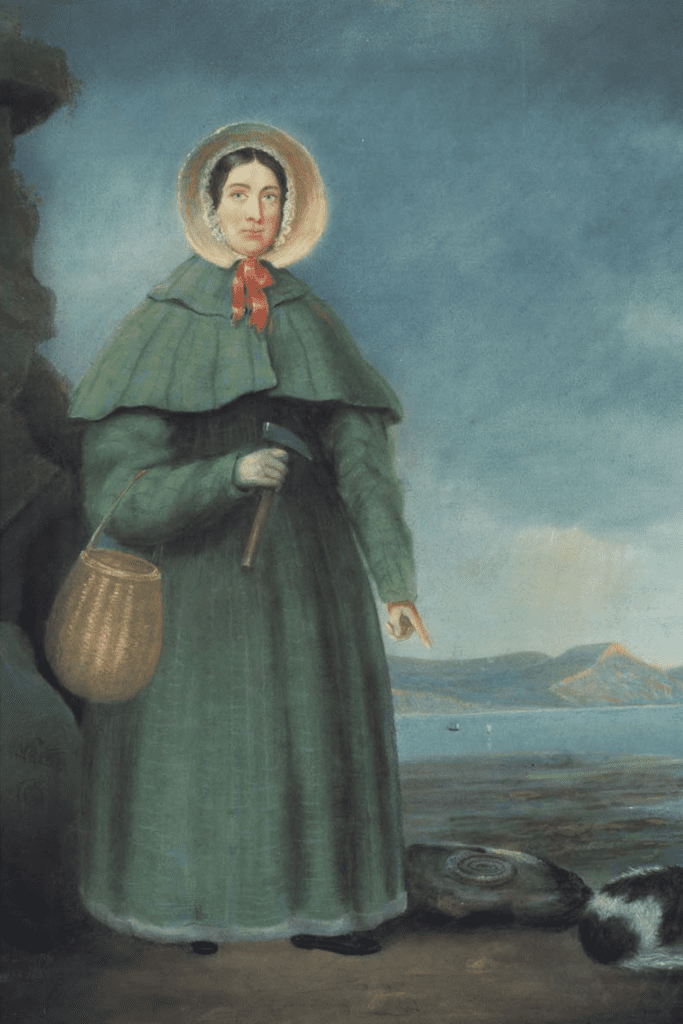

Who Was Mary Anning?
Mary Anning (1799-1847) was a British fossil collector, dealer, and paleontologist who made significant contributions to the early study of dinosaurs and other prehistoric reptiles. Born in Dorset, England, she became well-known for her discoveries of fossils along the English coast, including the first complete ichthyosaur skeleton and several plesiosaur skeletons. Despite facing numerous obstacles, including a lack of formal education and gender biases, Anning’s work helped lay the foundation for modern paleontology and inspired future generations of scientists and fossil hunters. She is widely regarded as one of the most important figures in the history of paleontology.
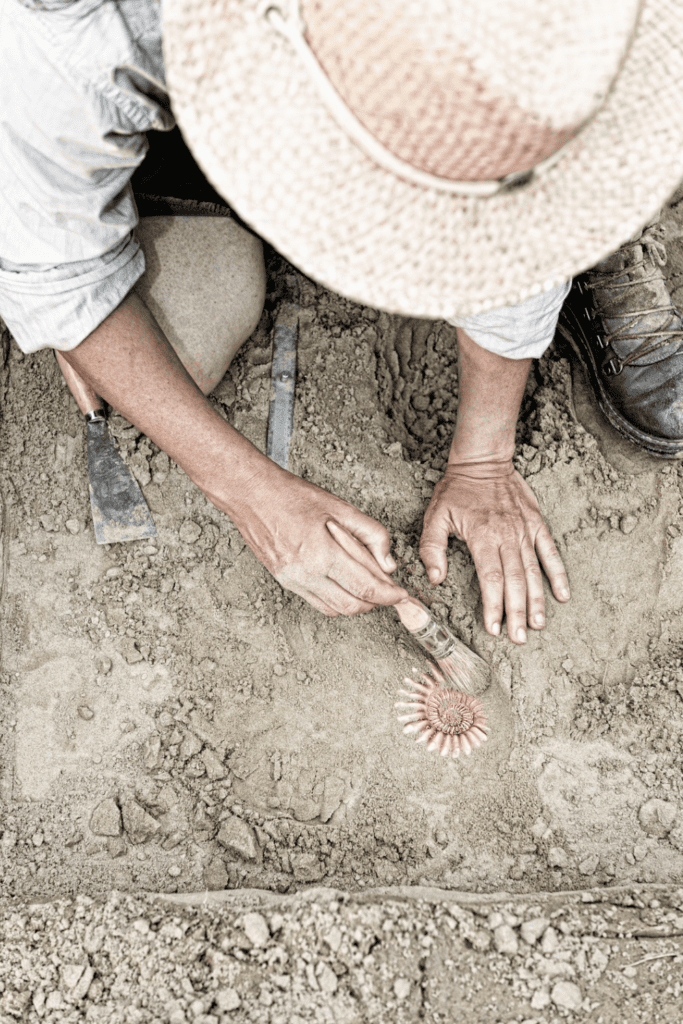

What is a Paleontologist?
A paleontologist is a scientist who studies fossils and the history of life on Earth. They analyze the remains of ancient plants and animals, such as bones, teeth, shells, and imprints, to understand how they lived, evolved, and interacted with their environment over millions of years.
Paleontologists use a range of techniques to extract and examine fossils, including excavation, preparation, and analysis in the laboratory. They may also use tools such as radiometric dating and molecular biology to determine the age and relationships of different species.
Paleontologists working in a variety of settings, including museums, universities, research institutions, and government agencies. Their research can provide important insights into the evolution of life on Earth, the effects of environmental change, and the development of modern species.
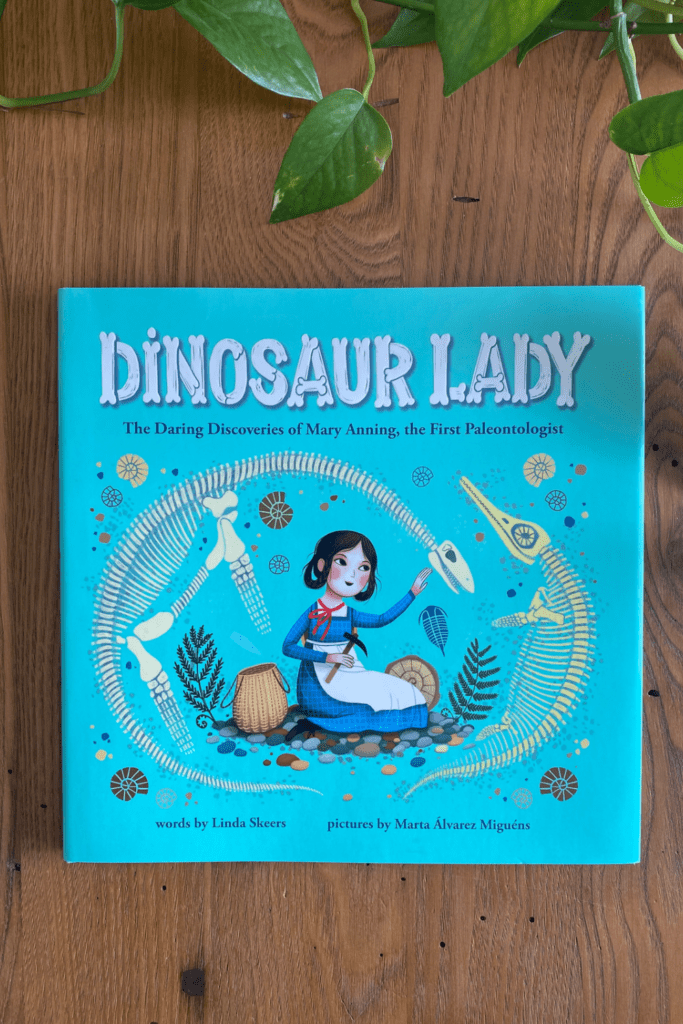

Dinosaur Lady: The Daring Discoveries of Mary Anning, the First Paleontologist
“Dinosaur Lady” by Linda Skeers is a children’s non-fiction book about the life and work of paleontologist Mary Anning. The book highlights Mary’s explorations for fossils along the shores of her hometown of Lynne Regis, England in the early 1800s, which led to the discovery of a million-year-old marine reptile skeleton, Ichthyosaurus. The book goes on to discuss Mary’s many other fossilized dinosaur discoveries, as well as her persistence to study them during a time when women were not allowed to attend scientific lectures or take university courses. Mary is credited with helping to form the field of paleontology – the branch of geology that uses fossils to study prehistoric life.
What Did Mary Anning Discover About Marine Reptiles?
Mary Anning was not known for discovering dinosaurs, but rather for discovering fossils of extinct marine reptiles such as ichthyosaurs and plesiosaurs. She also discovered the first complete skeleton of an ichthyosaur, a large marine reptile that lived during the Jurassic period. Her discoveries helped to expand scientific knowledge of the ancient world and the evolution of life on Earth. Despite the limited resources and scientific knowledge available to her at the time, Anning’s work was groundbreaking and paved the way for future paleontologists to study and understand prehistoric life.
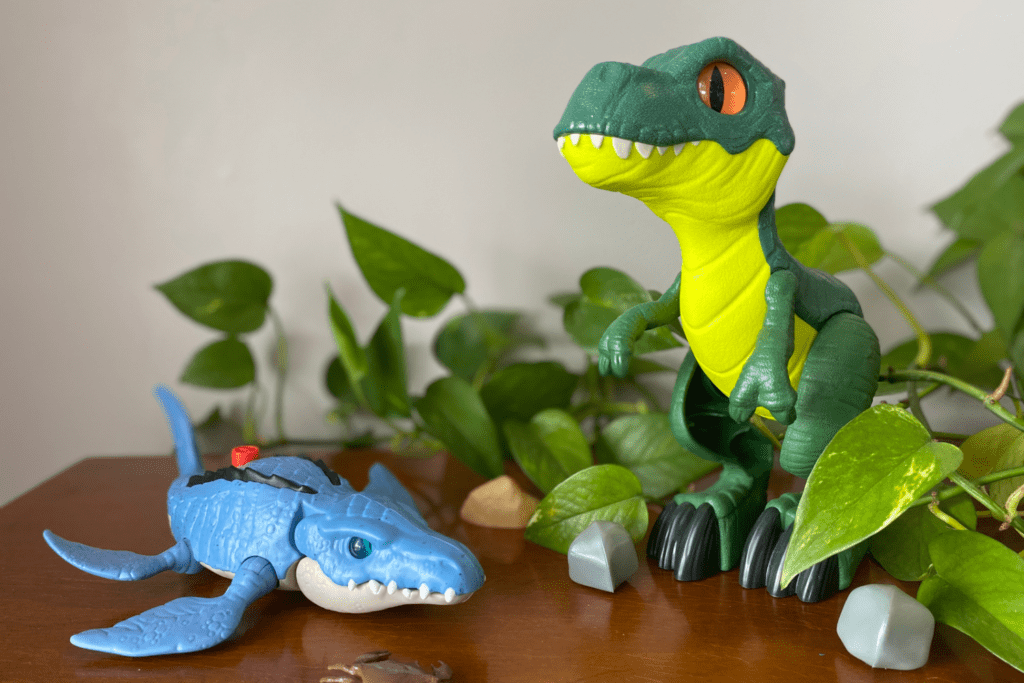

What is the Difference Between a Dinosaur and a Marine Reptile?
Dinosaurs and marine reptiles are both types of prehistoric reptiles, but they have some key differences.
Dinosaurs were terrestrial animals, which means they lived on land. They are known for their distinctive upright posture, with legs positioned directly beneath their bodies. Dinosaurs existed during the Mesozoic Era, which lasted from about 252 to 66 million years ago, and were the dominant land animals during this time. Some famous examples of dinosaurs include the Tyrannosaurus Rex, Triceratops, and Stegosaurus.
On the other hand, marine reptiles are reptiles that lived in the oceans. They evolved separately from dinosaurs and were not closely related to them. Marine reptiles include groups such as Ichthyosaurs, Plesiosaurs, and Mosasaurs, and they existed during the same time as dinosaurs. Unlike dinosaurs, marine reptiles were adapted to life in the water and had streamlined bodies, fins or flippers, and other adaptations for swimming.
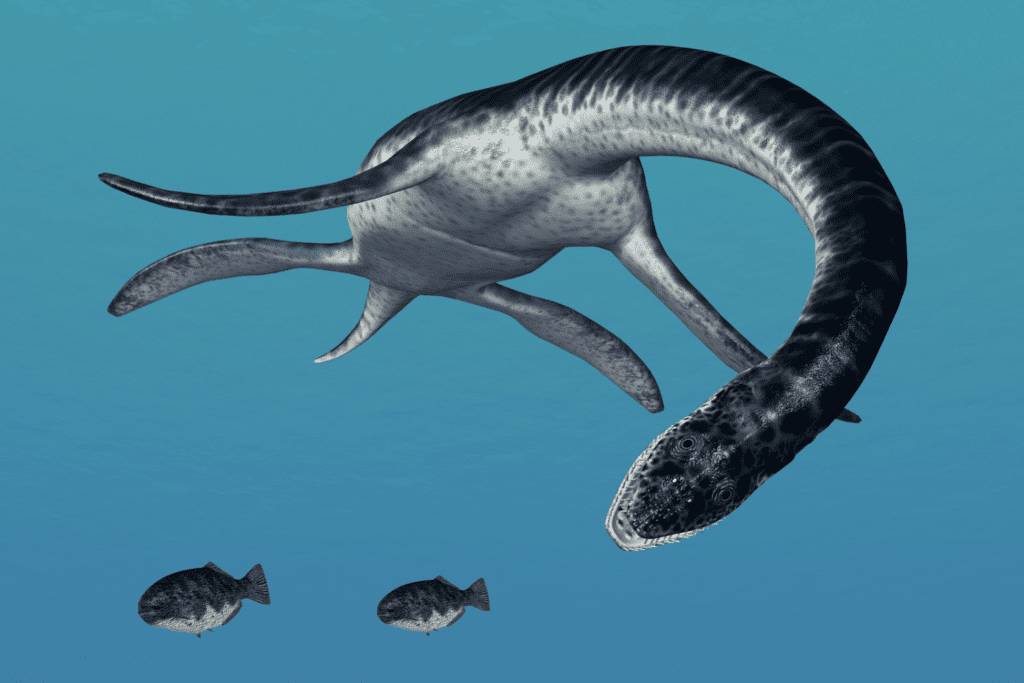

What is a Plesiosaurus?
Plesiosaurus is an extinct marine reptile that lived during the Jurassic period, around 200-145 million years ago. Plesiosaurus was not a dinosaur, but it is often mistakenly referred to as one.
Plesiosaurus had a long neck and four paddle-like limbs, which it used to swim through the water. It was a carnivorous predator, feeding on fish, squid, and other small marine animals. Plesiosaurus is known from fossils found in Europe and South America, and it is one of the most famous and recognizable prehistoric animals.
There were many different species of plesiosaurs, ranging in size from just a few feet to over 40 feet long. Some had short necks and large heads, while others had long necks and small heads. Plesiosaurs went extinct along with the dinosaurs at the end of the Cretaceous period, around 65 million years ago.
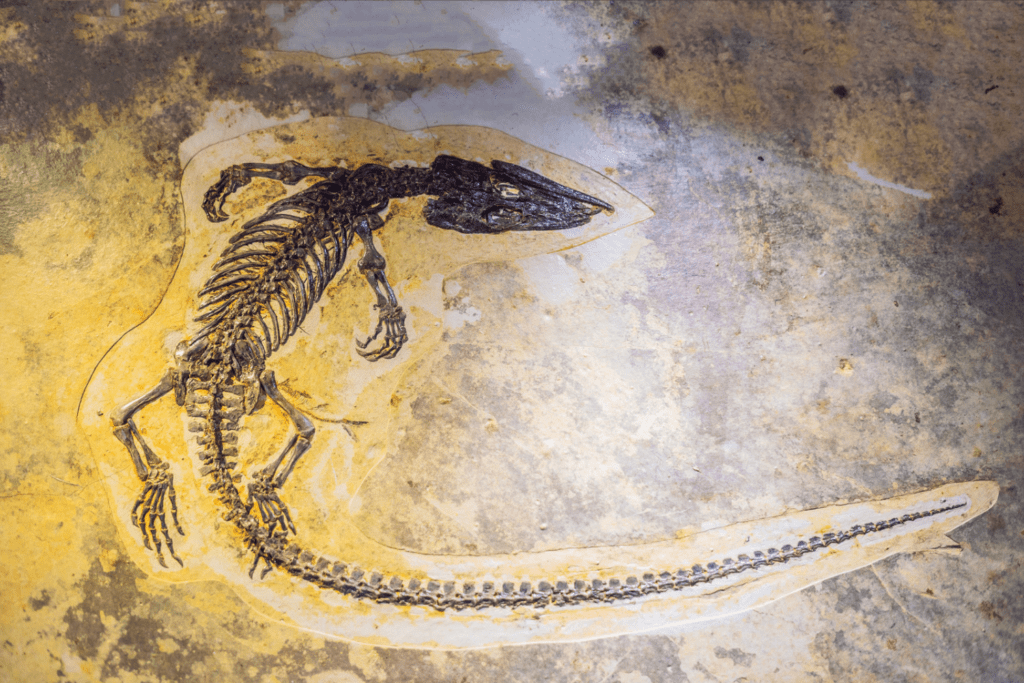

What is an Ichthyosaurus?
Ichthyosaurus was an extinct marine reptile that lived during the Triassic and Jurassic periods, around 250-90 million years ago. It was similar in appearance to dolphins and sharks, and it is often called a “fish lizard”.
Ichthyosaurus had a streamlined body, four paddle-like limbs, and a long snout with sharp teeth. It was a carnivorous predator, feeding on fish, squid, and other small marine animals. Ichthyosaurus is known from fossils found in Europe, South America, and Asia.
There were many different species of ichthyosaurs, ranging in size from just a few feet to over 30 feet long. Some had long snouts and slender bodies, while others had shorter snouts and bulkier bodies. Ichthyosaurs went extinct during the Late Cretaceous period, around 90 million years ago, possibly due to competition from other marine reptiles and the rise of modern marine predators such as sharks.
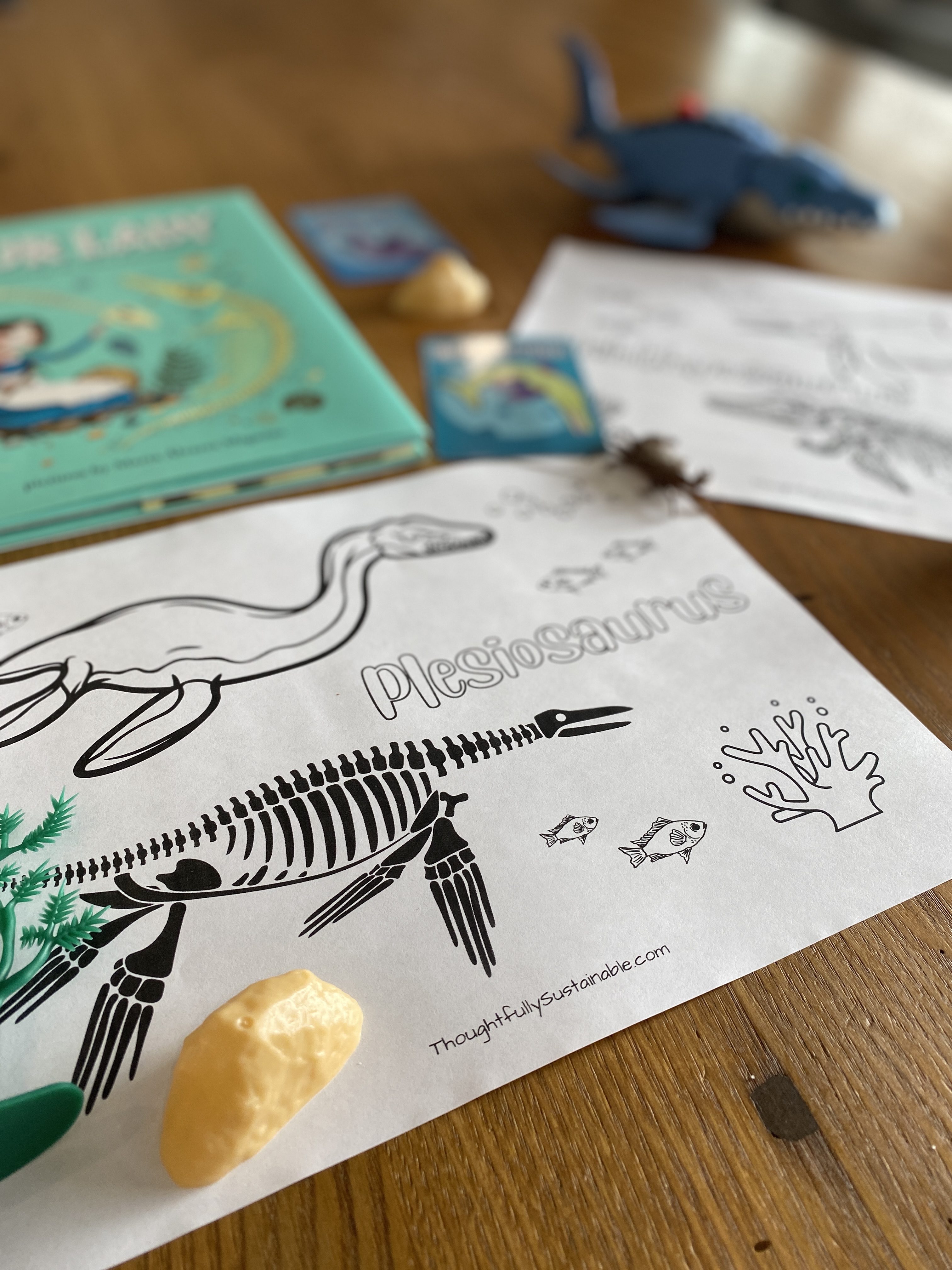

Activities for Kids to Explore Female Scientist Mary Anning’s World of Paleontology and Marine Reptiles
Many fun activities can teach kids about paleontology and extinct marine reptiles. Here are a few ideas:
- Coloring pages: Great for all ages, color images of what paleontologists believe to be what extinct marine reptiles looked like!
- Fossil excavation: Create a mock excavation site by burying small plastic toy dinosaurs or marine reptiles in a sand or dirt pit. Provide small shovels, brushes, and magnifying glasses for the kids to excavate the fossils and identify the different species.
- Dino dig sensory bin: Fill a bin with sand, small plastic toy dinosaurs and marine reptiles, and small tools for kids to explore and play with. Don’t have small plastic dinos to use? Check with your local Buy Nothing or Facebook Marketplace group to get your hands on some, rather than purchasing them new.
- Create a dinosaur or marine reptile diorama: Have kids create their own miniature prehistoric habitats using paper, clay, or other materials.
- Fossil molds and casts: Create plaster molds of dinosaur or marine reptile fossils, and then cast replicas using paint or other materials.
- Prehistoric creature matching game: Print out pictures of different dinosaurs and marine reptiles, and have kids match them to their names and characteristics.
- Dino trivia: Create a quiz or trivia game about prehistoric creatures, including marine reptiles, to test kids’ knowledge.
- Dino art: Have kids draw or paint their favorite dinosaurs or marine reptiles, or create their own imaginary prehistoric creatures.
- Read about dinosaurs and marine reptiles: A quick trip to your local library will tell you that kids of all ages adore dinosaurs and marine reptiles based on the number of books available! Check out a few and see what particular extinct species interest your learners.
- Dinosaur memory game: My son has loved playing dinosaur memory since he was old enough to request what games we played. It’s a great way to build everyone’s vocabulary skills, as some dinosaur names were hard for me to pronounce!
- Museum visit: Take kids to a local natural history museum or dinosaur exhibit to see real fossils and learn more about prehistoric life, or take a virtual tour from the comfort of your own home.
These activities can be adapted to different age groups and interests and can help foster a love of science and curiosity about the natural world in kids.
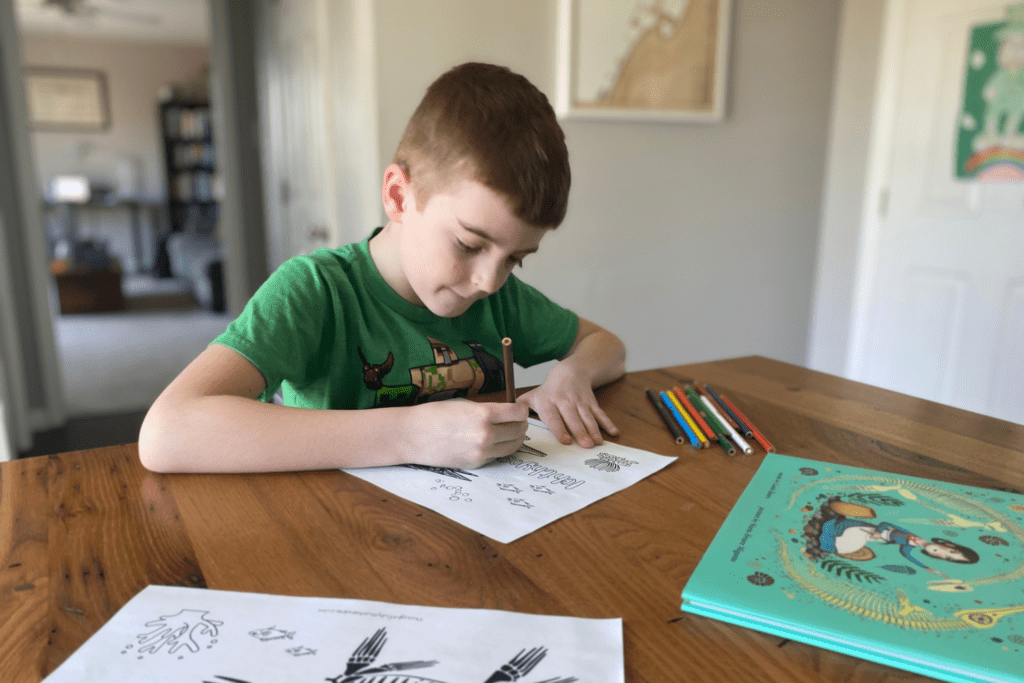

Free Extinct Marine Reptile Coloring Sheet
Interested in a free, downloadable coloring sheet focused on the extinct marine reptile fossils that Mary Anning discovered? Simply input your name and email address below to get your copy!
More Books About Mary Anning’s Work
If you are interested in learning more about famous paleontologist, Mary Anning, here is a list of additional books you and your learners may enjoy:
- “The Fossil Girl: Mary Anning’s Dinosaur Discovery” by Catherine Brighton – This children’s book tells the story of Mary Anning’s life and her discoveries of dinosaur fossils on the beaches of Lyme Regis in England.
- “Remarkable Creatures” by Tracy Chevalier – This historical novel is inspired by the lives of Mary Anning and another female fossil collector named Elizabeth Philpot. It follows their friendship and struggles in a male-dominated scientific community.
- “Fossil Hunter: How Mary Anning Changed the Science of Prehistoric Life” by Cheryl Blackford – “A fascinating, highly visual biography of Mary Anning, the Victorian fossil hunter who changed scientific thinking about prehistoric life and would become one of the most celebrated paleontologists of all time. Perfect for children learning about women scientists like Ada Lovelace, Jane Goodall, and Katherine Johnson.”
- “Mary Anning: A Little People, Big Dreams Book” by Maria Isabel Sanchez Vegara – This book is beautifully illustrated and written in simple language, making it accessible to young readers. It also includes additional facts and a timeline of Mary Anning’s life at the end of the book, providing further educational value.
- “Mary Anning’s Curiosity” by Monica Kulling – This book tells the story of Mary Anning, a famous paleontologist and fossil collector from the 19th century. The book follows Mary’s journey as she grows up in a seaside town in England and discovers a passion for collecting and studying fossils. It also includes a brief biography of Mary Anning and a glossary of scientific terms, providing further educational value.
These books provide different perspectives on Mary Anning’s life and work and are suitable for different age groups and reading levels.
More Famous Female Scientist Picture Books for Kids
Looking for more picture books that highlight the work of amazing female scientists? Check out this post.


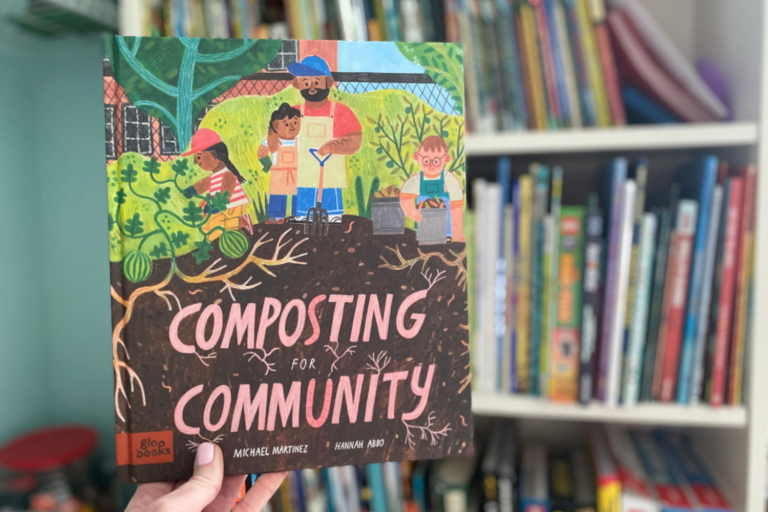
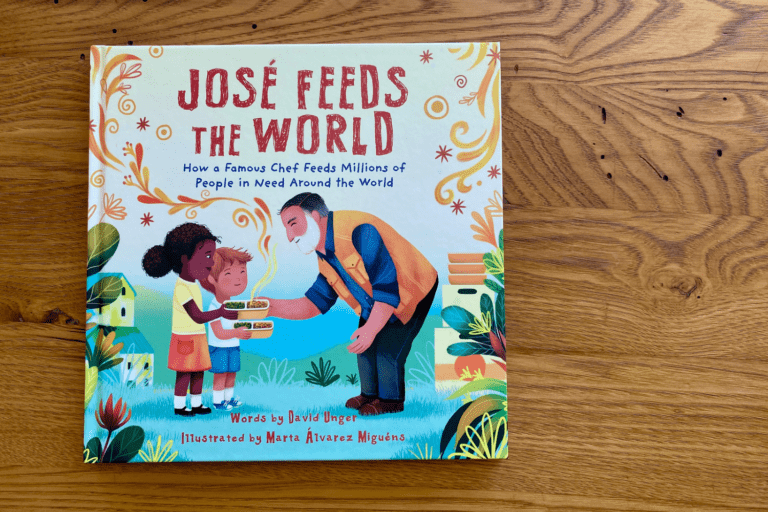
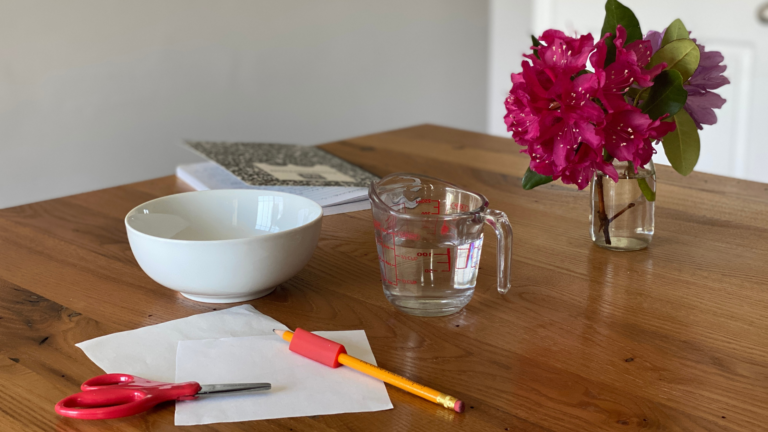
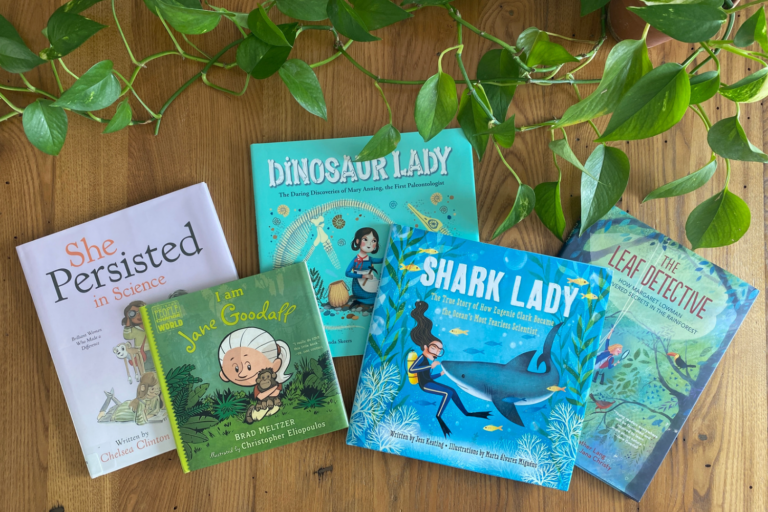
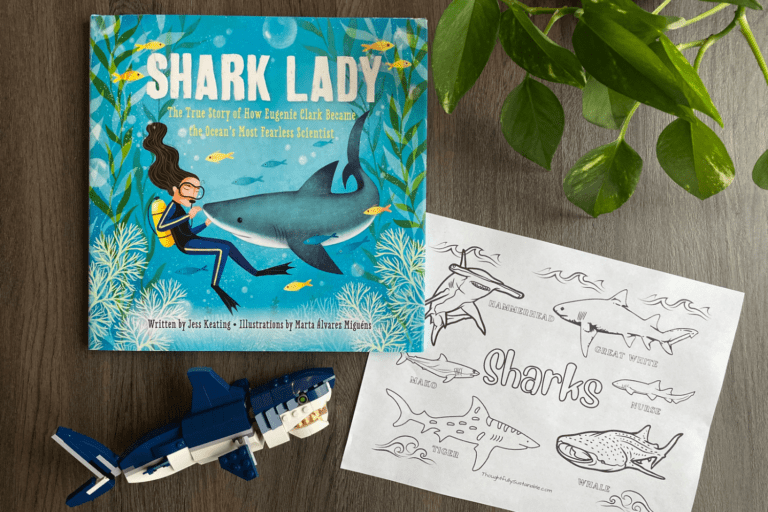
One Comment
Comments are closed.